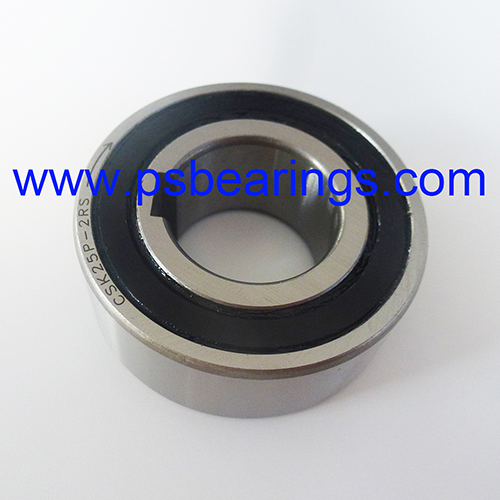An overrunning clutch, also known as a freewheel or one-way clutch, is a mechanical device used to transmit power in one direction while allowing free rotation in the opposite direction. It’s commonly used in various applications where you want to prevent reverse motion or backlash, such as in bicycles, motorcycles, automotive starters, and certain industrial machinery.
The basic principle of an Overrunning Clutch is to engage and transmit power when the input (driving) shaft rotates in one direction, while allowing the output (driven) shaft to rotate freely when the input shaft moves in the opposite direction.
There are different types of overrunning clutches, but the most common designs include:
1. Roller-type overrunning clutch: This design uses rollers or needle bearings that engage with ramps on the inner and outer races. When the input shaft rotates in one direction, the rollers lock in position, transmitting power. In the opposite direction, the rollers disengage, allowing free rotation.
2. Sprag-type overrunning clutch: This type uses asymmetrical sprags (cam-shaped elements) that wedge between inner and outer races. When the input shaft rotates in the correct direction, the sprags engage and transmit power. In the opposite direction, they disengage, allowing free rotation.
Overrunning clutches serve several purposes:
/1. Backstop: In applications like conveyor systems or winches, they prevent the load from moving in the opposite direction when the power is removed.
2. Starter drives: In automotive starters, an overrunning clutch allows the starter motor to spin the engine’s flywheel when starting the vehicle and then disengages once the engine is running.
3. Bicycle freewheels: In bicycles, overrunning clutches in the rear hub allow the rider to stop pedaling while the wheel continues to spin.
4. Ratcheting mechanisms: Overrunning clutches can be used in various tools and equipment to allow continuous rotation in one direction while preventing reverse rotation.
5. Noise reduction: Overrunning clutches can reduce noise and vibration by preventing backlash in certain mechanisms.
Overall, overrunning clutches are essential components in many mechanical systems where controlling the direction of power transmission is important.

